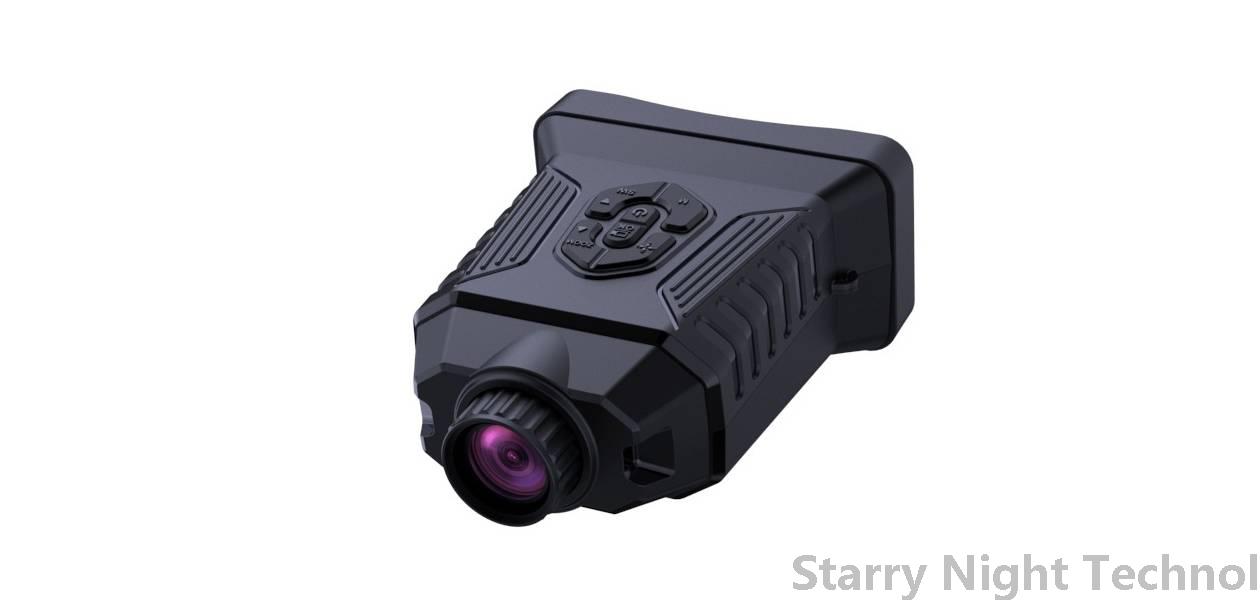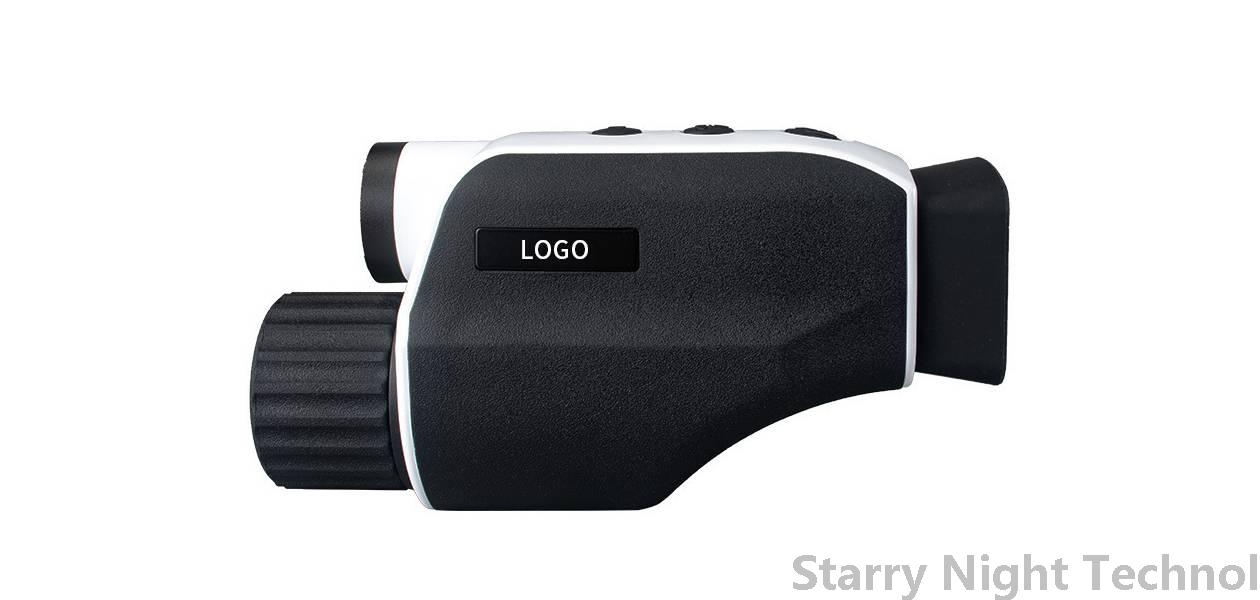Night Vision Devices: Revolutionizing Military Tactics and Healthcare Practices
1729234831000

Night vision technology has long been a cornerstone of defense and security operations, significantly enhancing military strategies and enabling ensembles of tactical advantages in the dead of night. Originally developed for military use, night vision devices (NVDs) have progressively found applications across various fields, including healthcare. These advancements are reshaping how professionals approach night-time operations in both environments.
#### A Historical Overview of Night Vision Technology
The development of night vision technology dates back to World War II, when the need for tactical superiority under the cover of darkness became apparent. Early models were bulky and used infrared technology, enabling soldiers to detect thermal radiation emitted by objects, thereby enhancing visibility in low-light conditions. As time progressed, the invention of image intensification tubes led to the first-generation night vision devices, which allowed for the amplification of existing light sources.
The evolution continued with second-generation and third-generation devices, advancing the clarity and functionality of the technology. The latest advancements leverage digital imaging, providing even better performance in dark conditions. Today, night vision technology is not just restricted to military applications; it is increasingly branching out into civilian fields, most notably in healthcare.
#### Applications in Military Tactics
In military operations, NVDs have proven to be indispensable. Today’s modern armies utilize a variety of night vision technologies, including goggles, scopes, and monoculars that allow soldiers to engage in reconnaissance missions with high levels of stealth and accuracy. The ability to operate efficiently at night expands operational windows, enabling forces to undertake mission objectives covertly.
The tactical advantage provided by NVDs can’t be overstated. Soldiers can identify threats, navigate challenging terrains, and execute strategies while remaining largely undetected. The integration of night vision technology in modern warfare provides an asymmetrical advantage, allowing smaller, well-equipped units to challenge larger enemy formations effectively. Moreover, advancements in thermal imaging have improved target detection, even in obscured environments, enhancing situational awareness and decision-making.
#### The Intersection of Night Vision Technology and Healthcare
While the use of night vision devices may traditionally conjure images of military operations, their applications in healthcare are gaining significant traction. The medical field is experiencing an increase in the utilization of night vision technology, particularly in critical care and emergency services.
 Additionally, emergency medical responders, such as paramedics, have begun utilizing night vision to assess injury severity and perform life-saving procedures in low-light conditions. In crisis situations, the ability to see clearly can mean the difference between life and death. Night vision aids these professionals by improving their situational awareness and enabling more accurate assessments when it matters most.
Additionally, emergency medical responders, such as paramedics, have begun utilizing night vision to assess injury severity and perform life-saving procedures in low-light conditions. In crisis situations, the ability to see clearly can mean the difference between life and death. Night vision aids these professionals by improving their situational awareness and enabling more accurate assessments when it matters most.#### Technological Innovations and Future Directions
The future of night vision technology looks promising, with innovations continually transforming the landscape. The creation of more compact devices with advanced imaging capabilities is paving the way for broader applications across multiple sectors. Innovations such as augmented reality (AR) integrated with night vision devices are also on the horizon, opening up avenues for enhanced training simulation and real-time data-driven procedures.
Moreover, advancements in artificial intelligence (AI) are driving the next wave of night vision technology. With AI integration, future devices could provide automated threat detection, recognizing not only shapes and silhouettes but also understanding context and making real-time assessments. This would significantly reduce the cognitive load on personnel in both military and healthcare settings, allowing them to focus on critical decision-making processes.
#### The Societal Impact of Night Vision Technology
The integration of night vision devices into various fields is not without its societal implications. In the military context, improved NVD capabilities may lead to an increase in nighttime operations, which could change the dynamics of warfare and international relations. The possibility of nighttime engagements necessitates a reevaluation of strategies and policies, demanding a shift in how nations approach conflict.
In healthcare, the deployment of night vision technology enhances operational efficiency and improves patient outcomes. However, it raises concerns over privacy and safety, particularly when aspects of surveillance and monitoring come into play. Balancing innovative healthcare practices with ethical standards is paramount as technology continues to advance.
#### Conclusion
Night vision devices have come a long way since their inception, proving to be revolutionary not only for military tactics but also for healthcare practices. With continuous innovations on the horizon, these tools are set to shape how professionals operate in low-light environments, fostering efficiency and efficacy. As the lines between military and civilian applications blur, the importance of ethical considerations becomes paramount, ensuring that technological advancements align with societal values. With each leap forward, night vision devices continue to illuminate the night—whether on the battlefield or in the hospital—transforming operations across varied landscapes.
Essential night vision device productsStarry Night Technol

